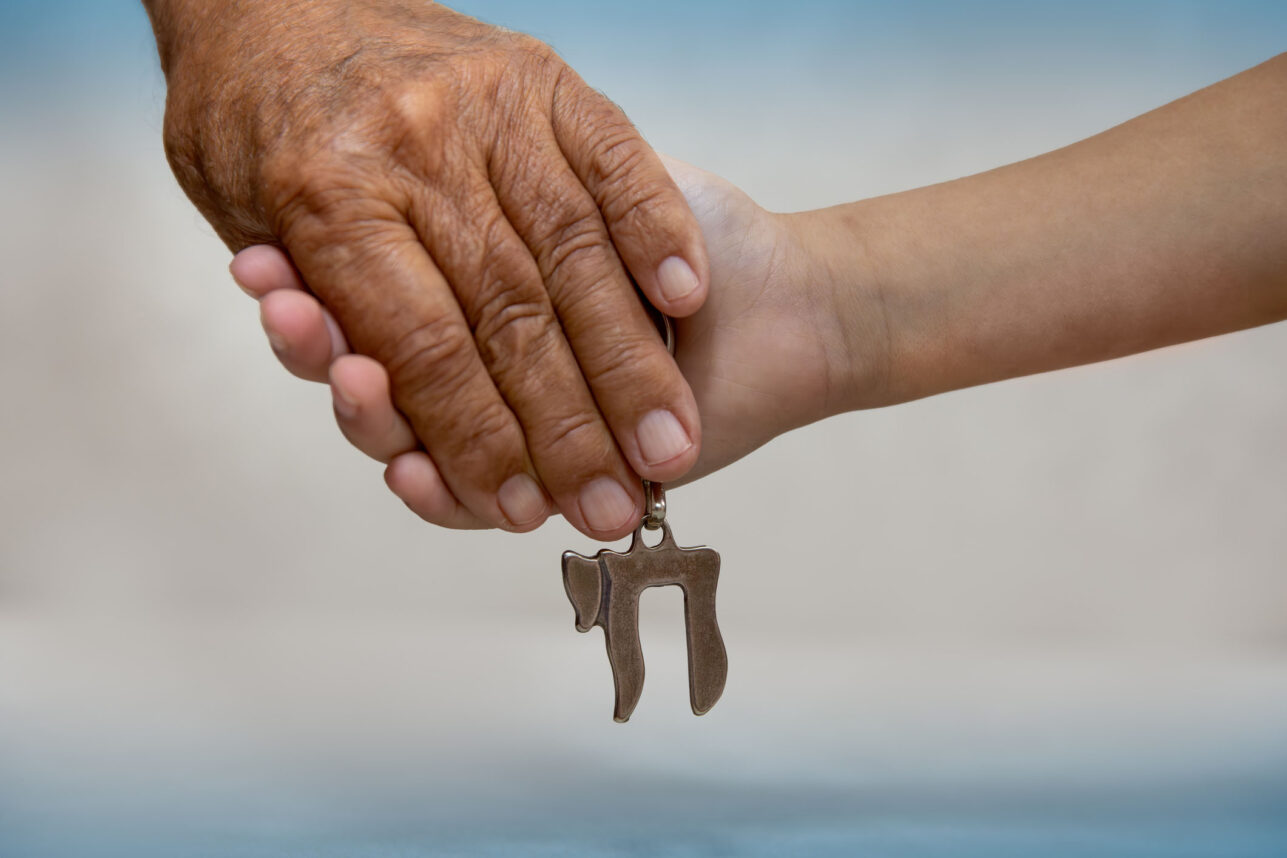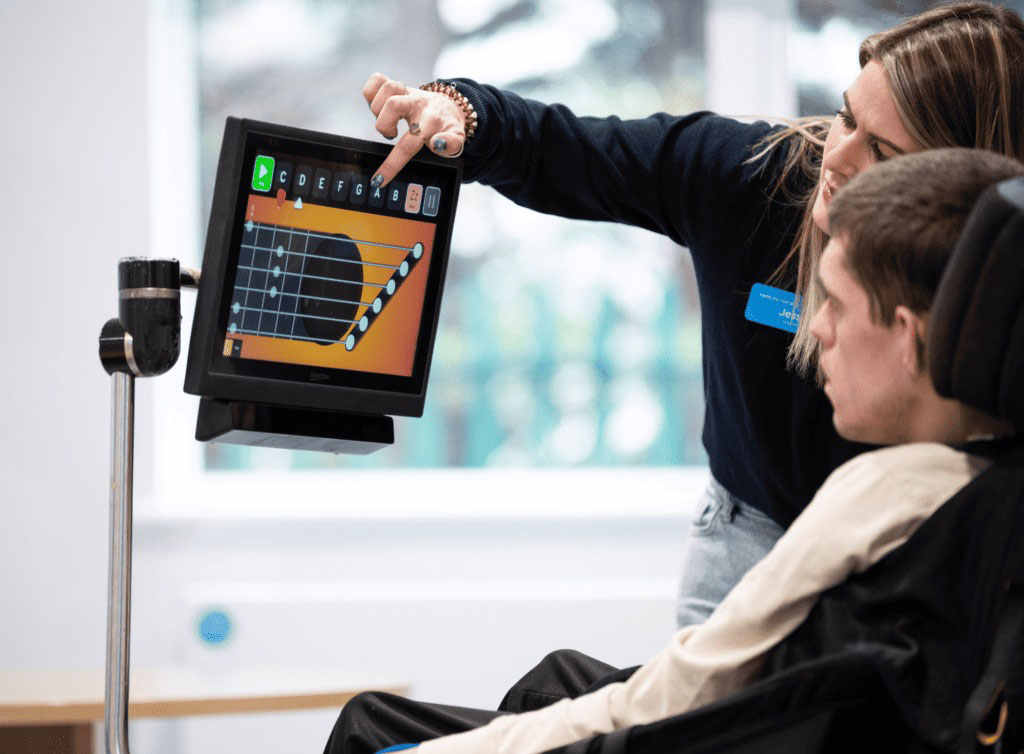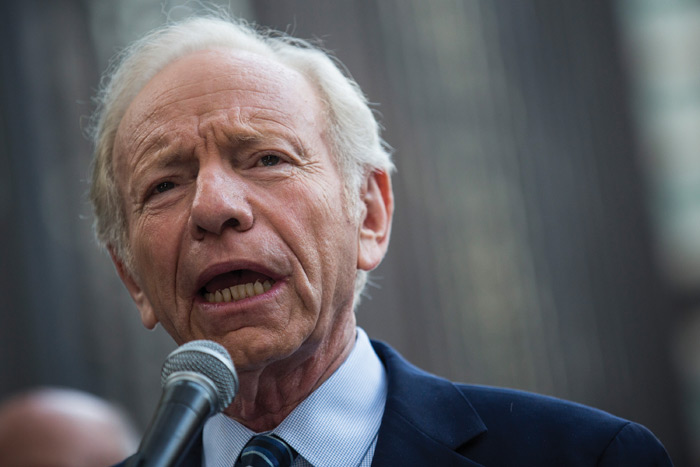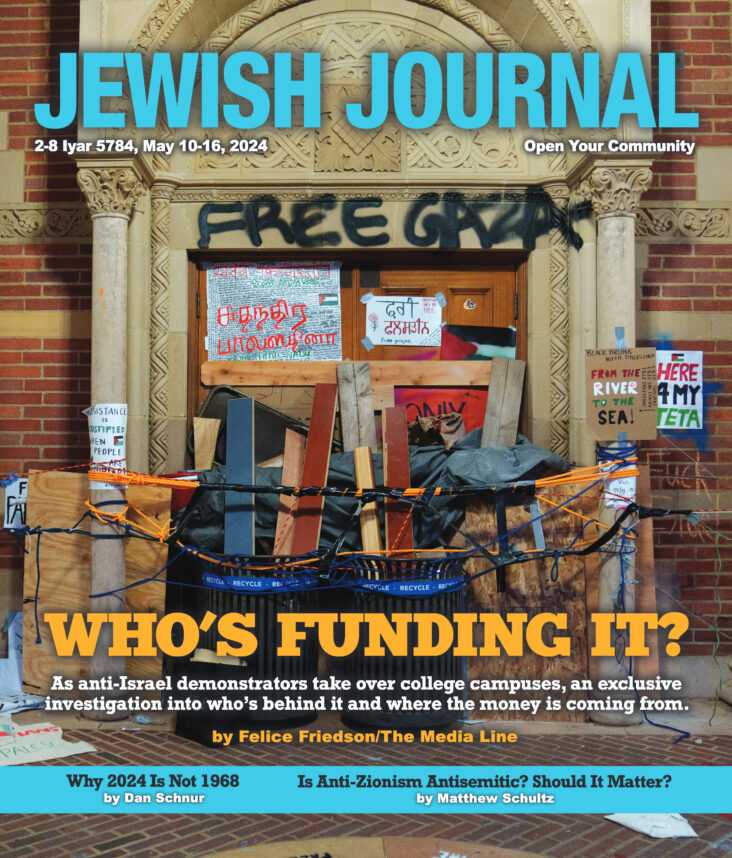The next time someone accuses you of interrupting, you might want to explain that you are not being rude: You’re actually engaging in high-involvement cooperative overlapping.
Cooperative overlapping — talking as another person continues to speak — is typical of Jewish conversational style, according to linguist Deborah Tannen, and can be a way of showing interest and appreciation.
Tannen, 54, is a professor of linguistics at Georgetown and author of many scholarly and popular works, including “You Just Don’t Understand: Women and Men in Conversation” and “That’s Not What I Meant!: How Conversational Style Makes or Breaks Relationships.”
Jewish conversational style is not a precise term. Not all Jews exhibit its characteristic features, and not all people who exhibit them are Jewish, according to Tannen. But the pattern of conversation found among most Jews from New York and its environs, especially those of Eastern European origin, differs in significant ways from that of most Americans of non-Jewish background from the South, Midwest and West.
In a recent interview, Tannen discussed her analysis of Jewish-style conversation. Along with cooperative overlap, Jewish-style pacing characteristics, she believes, include a “fast rate of speech, the avoidance of inter-turn pauses and faster turn-taking among speakers.” In a conversation among Jews, participants find the simultaneous talk and quick turn-taking unremarkable; they interpret silences and pauses as evidence of lack of rapport and/or interest.
But those not accustomed to this style, according to Tannen, may see these active listening behaviors as rudeness, verbal hogging and lack of interest in the speaker. The very characteristics that promote good conversation among the in-group can create a style disconnect among mixed groups.
Beyond that, people make judgments about the personalities of individuals based on conversational style. According to Tannen, negative stereotypes of pushy New York Jews may owe more to clashing linguistic patterns than to character flaws.
Different conversational styles of couples, where one person is Jewish and the other is not, may contribute to the initial attraction, Tannen said. Someone quieter may seem mysterious and wise, while somebody more talkative can seem articulate and smart. But over time, the differences in style, particularly in close relationships, can be difficult. “You think you had good intentions, and they think you had bad ones,” she said.
Other features of Jewish conversational style include a preference for personal topics, abrupt shifts of subject, unhesitating introduction of new ideas and persistence in reintroducing a topic if others don’t immediately pick up on it.
Jews also tend to tell more stories, often in rounds; dramatize their points instead of putting them into words; and focus on the emotional content.
People whose regional and ethnic backgrounds promote a different way of conversing may not “get the point” of these rounds of story-sharing with no real plot, she said. They also may find the expectation of personal revelation unnervingly intrusive.
Tannen believes the sound of Jewish-style talk — pitch shifts, changes in loudness, exaggerated voice quality and accent — can signal concern and empathy as well as reinforcing a shared ethnic background among Jews. Or they may put off people more used to a restrained, less expressive way of speaking.
Deborah N. Cymrot is community editor for The Washington Jewish Week






















 More news and opinions than at a Shabbat dinner, right in your inbox.
More news and opinions than at a Shabbat dinner, right in your inbox.